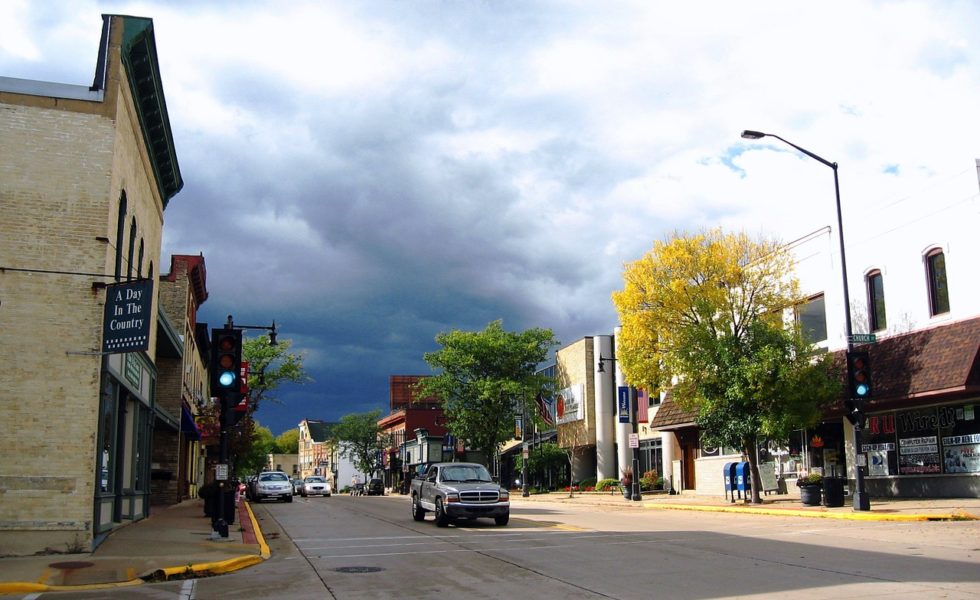Paying the Price for Being Sick, Old, or Poor in Rural America
Posted on April 10, 2023

Rural America is just like the rest of America except it’s older, poorer, and often sicker.
Even worse, if you’re all three in rural America–elderly, poor, and ill–the odds that you will receive proper care from either a government agency or a private provider are dwindling with each passing year.
For proof, here’s how the non-profit National Rural Health Association (NRHA) describes today’s “cultural and social differences, educational shortcomings, (and the) lack of recognition by legislators… [that now] conspire to create health care disparities” in rural America:
–There are 40 doctors per 100,000 rural Americans compared to 53 per 100,000 metro Americans.
–Income per capita in rural America is $9,242 less than in metro America.
–14.6 percent of rural American households receive SNAP (Supplemental Nutrition Assistance Program) benefits; that’s 30 percent higher than in metro America.
–Eighteen percent of rural Americans are 65 years old or older compared to 12 percent in metro America.
–The overall poverty rate for rural America is 15.4 percent versus 11.9 percent in metro America.
Elderly rural Americans aren’t the only ones impacted. According to the American Hospital Association, “about half of all rural community hospitals [do] not provide obstetrics care.” Indeed, at least 89 rural hospitals dropped obstetrics care between 2015 and 2019.
As rural hospital care continues to decline, more and more rural elder care facilities like nursing homes and memory-loss units are closing because of today’s growing rural labor shortage and a failure by government to keep up with fast-rising costs.
For example, a dozen nursing homes closed in Montana in 2022. A dozen fewer nursing homes sounds like small potatoes–except in rural Montana where that’s “one out of every five senior care facilities,” noted Mike Jopek, a farmer, in a Feb. 22 editorial for the Flathead (MT) Beacon.
It isn’t alone. According to the Iowa Health Care Association, as reported recently by the Des Moines (IA) Register, 13 of the 15 nursing homes that closed in the Hawkeye State last year were in rural communities.
But that’s probably just the tip of a rural health care iceberg, noted the Register in its Jan. 27 story. “Nationally,” it continued, “the Centers for Medicare & Medicaid Services reported recently that 129 nursing homes had closed in 2022” but “…the actual count was significantly higher” because “federal reports… lag behind what’s happening on the ground.”
Any solution to America’s growing rural health care problems–especially those with aging rural Americans–should not include cutting already insufficient federal and state aid flowing to financially-squeezed facilities.
That’s especially so with today’s obsessive Congressional calls to “reexamine”–really Washington-speak for “cut”–Medicaid, Medicare, Social Security, and SNAP, four critical programs underwriting the rural health care economy and a substantial part of the overall rural economy.
SNAP, always a target of budget hawks, provides 41 million Americans with an average of $230 per month in supplemental food assistance. It cost $120 billion in 2022. In 2023, however, SNAP costs will drop by $20 billion as one-time, pandemic-pumped programs run out of funding.
Still, House Ag Republicans, in setting terms for 2023 Farm Bill talks, grumble about SNAP’s “increasing” costs.
SNAP provides other community benefits. For example, every $1 spent on SNAP generates $1.79 in “economic activity”–mainly service jobs–in the community where it is spent.
As far as other federal dollars flowing into rural health care, “Medicaid, the government program for low-income Americans,” reported the Register, “…covers the bills for more than 60% of people living in nursing homes.” Any cut to it, experts predict, will directly translate into more rural nursing home closures and less care for aging rural Americans nationwide.
Also, noted editorialist Jopek, many states like Montana have a “staggering one-time budget surplus in federal dollars”–largely unspent pandemic money–“intended to keep our rural nursing homes and assisted living facilities open. Why federal cash… hasn’t reached seniors is anyone’s cynical and political guess.”
He’s being kind, even generous–which is more than can be said about today’s rural political leaders.
© 2023 ag comm
Share This